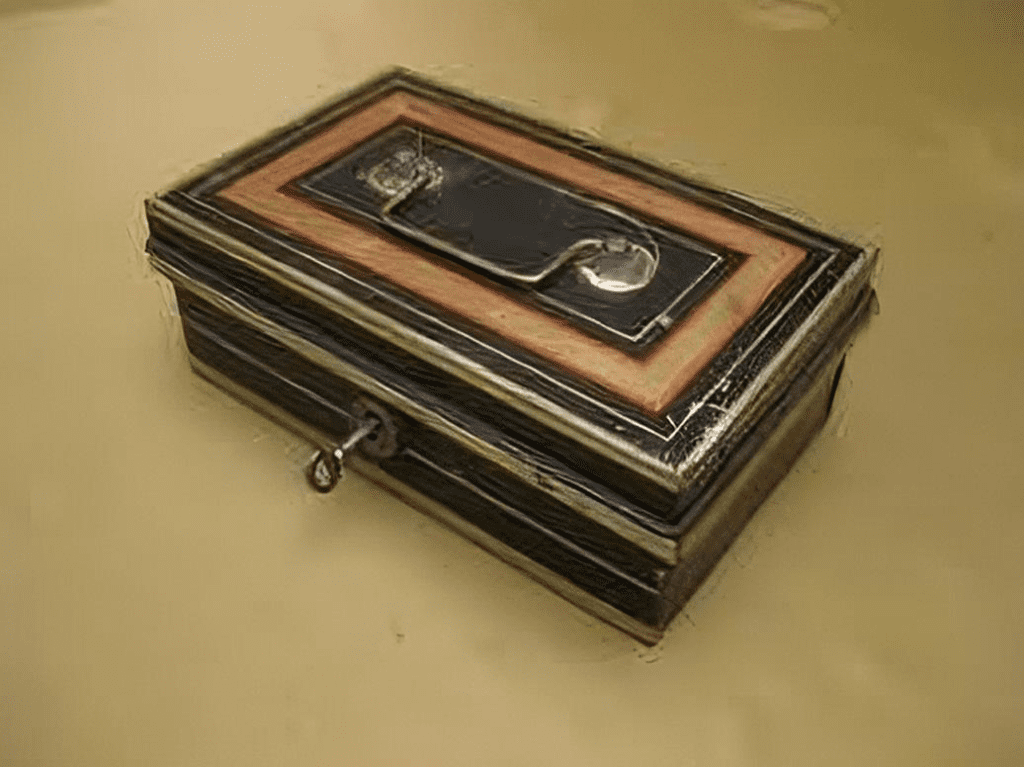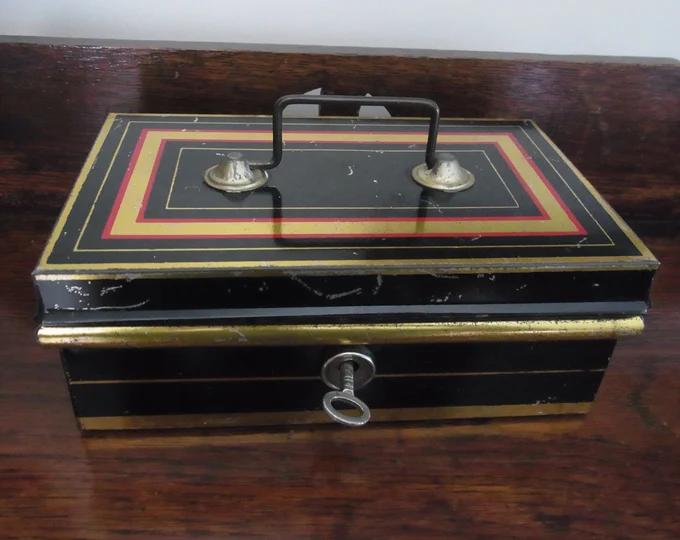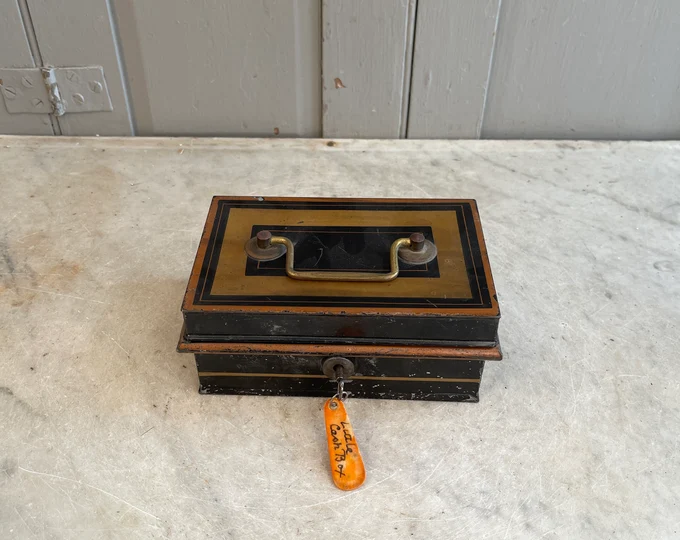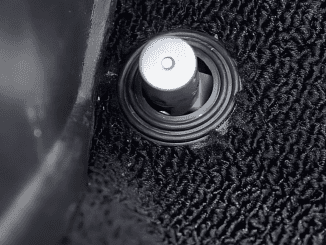A cash box is more than just a container for money—it’s a symbol of safety, trust, and commerce that has been around for centuries. It has evolved from a simple wooden box to a secure metal vault and remains an essential tool for managing cash and valuables. Whether used by merchants in Ancient Greece or small business owners today, the cash box has played a vital role in the world of finance and trade.
Let’s take a deeper look at the history, design, and modern usage of the cash box.

The Early Origins of the Cash Box in Ancient Greece
The concept of the cash box dates back to Ancient Greece, where it was primarily made of wood. Merchants, traders, and travelers relied on these wooden boxes to store coins, jewelry, and precious metals securely. The boxes were small, lightweight, and easy to carry, making them ideal for trade routes.
But these early cash boxes were more than just practical tools—they represented trust and security in a time when banking systems were non-existent. In an age of bartering and limited currency exchange, keeping wealth safe was crucial. The humble wooden cash box served this purpose effectively.
The Evolution of Metal Cash Boxes During the Middle Ages
As societies grew and trade expanded, the demand for stronger and more secure cash boxes increased. During the Middle Ages, cash boxes transitioned from wood to metal, with iron, copper, and bronze being the most common materials. These metal boxes were larger, heavier, and more durable, making them suitable for both homes and businesses.
Introduction of Lock Mechanisms
The most significant development during this period was the introduction of basic lock mechanisms. Unlike wooden boxes, which were easily tampered with, metal cash boxes featured primitive locks to prevent unauthorized access. The locks varied in design, from simple key locks to more complex mechanisms involving pins and tumblers. This added layer of security was a game-changer, making cash boxes a trusted means of storing money, jewels, and other valuables.
The 19th Century: Advances in Security and the Rise of Safes
The 19th century brought major advancements in cash management, spurred by the Industrial Revolution. As banking and commerce evolved, so did the design and functionality of cash boxes. These improvements were driven by technological advancements, allowing for more secure storage solutions.
The Advent of Safes and Steel Cash Boxes
While safes became the preferred choice for securing large amounts of money and valuables, cash boxes remained popular for smaller transactions. Steel cash boxes emerged during this period, offering a stronger and more tamper-proof solution compared to earlier metal models. The addition of more sophisticated locks, including combination locks, made cash boxes more secure than ever.
Decline in Use Due to Banking Growth
As banks became more widespread, people started trusting financial institutions to safeguard their money. This shift reduced the necessity for cash boxes in households. However, cash boxes continued to be widely used in small businesses, markets, and for personal use where quick access to cash was still required.

The 20th Century: Cash Boxes as Functional and Decorative Items
By the 20th century, cash boxes underwent another transformation—this time in style. While they still served their practical purpose, many cash boxes also became decorative items. Manufacturers introduced ornate designs, vibrant colors, and intricate engravings, making cash boxes as much a novelty as a necessity.
Cash Boxes as Educational Tools for Children
In addition to their functional role, cash boxes became popular as educational gifts for children. Parents used them to teach kids about saving money and managing small amounts of cash. These child-friendly versions often featured fun designs, coin slots, and simple locks, turning them into piggy banks with a more sophisticated touch.
Portable Cash Boxes for Businesses
Portable cash boxes, often equipped with multiple compartments and coin trays, became staples for street vendors, small shops, and fundraising events. These boxes provided a simple way to manage cash flow and organize transactions, making them indispensable for mobile businesses.
Modern-Day Cash Boxes: Enhanced Security and Versatility
The cash box remains a trusted tool in homes, businesses, and even at temporary events like flea markets and fairs. Today’s cash boxes are designed with a range of materials, from sturdy steel to lightweight plastic, offering options for various needs and settings.
Advanced Security Features
Modern cash boxes often include digital locks, alarms, and other high-tech features to enhance security. Some models are equipped with biometric locks, requiring fingerprint verification for access. Additionally, fire-resistant and waterproof cash boxes provide extra protection for valuables in case of emergencies.
Eco-Friendly Innovations
In recent years, there has been a push toward eco-friendly materials in cash box manufacturing. Biodegradable plastics and sustainable metals are being used to create durable, environmentally conscious models. This shift reflects the growing demand for greener products across industries, including cash management tools.

Types of Cash Boxes in the Market Today
Cash boxes come in various shapes, sizes, and designs, each tailored to specific needs. Here’s a look at some of the most common types:
1. Standard Steel Cash Boxes
These are the most popular type, made from heavy-duty steel for maximum security. They feature lockable lids, compartments for coins, and often a handle for easy carrying. They are ideal for small businesses, home use, and temporary cash management needs.
2. Digital Cash Boxes
Equipped with digital keypad locks, these boxes offer an additional layer of security. They are designed to prevent unauthorized access, making them suitable for both personal and commercial use.
3. Fireproof and Waterproof Cash Boxes
Designed to protect contents from fire and water damage, these cash boxes are ideal for safeguarding important documents, cash, and other valuables. They are commonly used in offices, homes, and banks.
4. Portable Coin Boxes
These smaller, lightweight boxes are perfect for street vendors and mobile businesses. They are easy to carry and offer compartments for coins, making them practical for transactions on the go.
The Role of Cash Boxes in Today’s Economy
Despite technological advancements and the rise of digital transactions, cash boxes continue to hold a significant place in cash management. They are especially valuable in situations where electronic payment systems are not feasible, such as outdoor markets, rural areas, and temporary events. Moreover, cash boxes offer a tangible way to manage and store cash, providing a sense of security that digital alternatives cannot replicate.
Conclusion: The Timeless Appeal of the Cash Box
The cash box is more than just a container—it’s a testament to centuries of commerce, security, and innovation. From the simple wooden boxes of Ancient Greece to the advanced digital models of today, the cash box has evolved to meet changing needs while retaining its core purpose. It remains a symbol of trust, safety, and effective cash management, proving that some tools are too essential to ever go out of style. Whether for personal savings, business transactions, or nostalgic purposes, the cash box continues to be a reliable companion in our financial lives.


